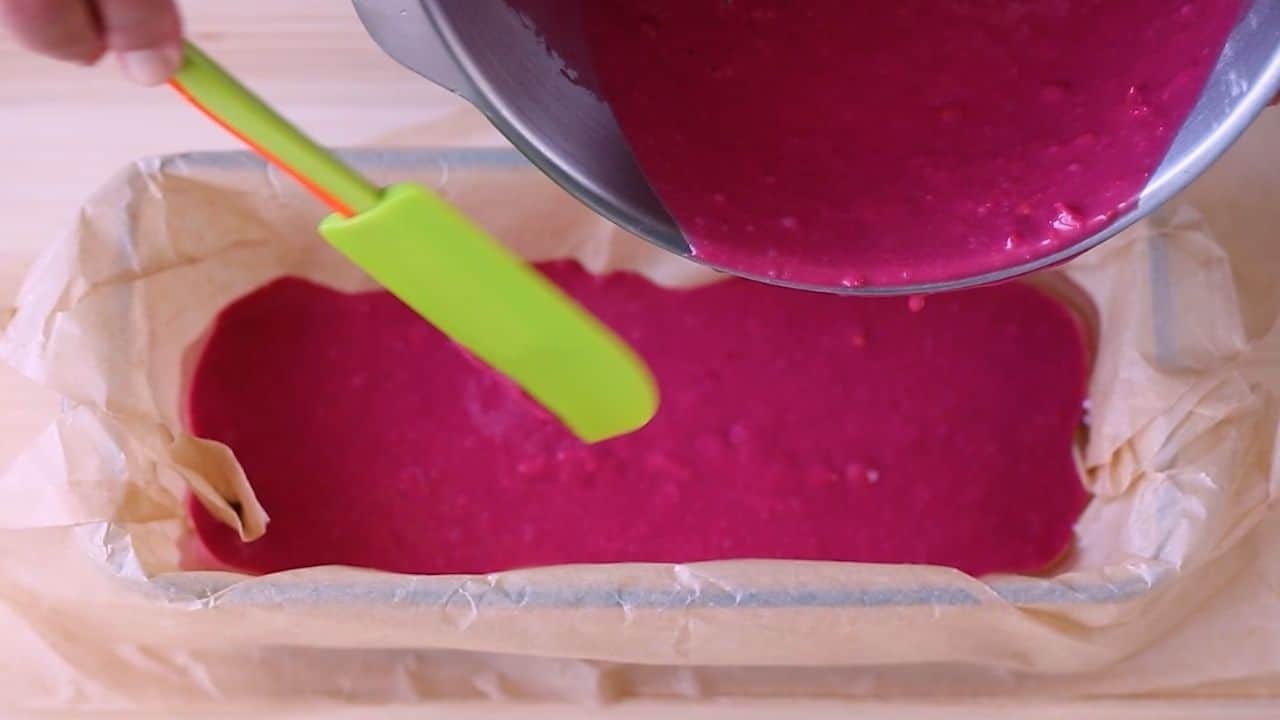Ascorbic acid, also known as Vitamin C, is used as an additive in many foods because its antioxidant properties will help preserve its natural color and keep food from darkening.
Ascorbic acid is also used in commercial bakeries as a flour improver and dough conditioner.
Adding ascorbic acid to flour can improve the texture of bread and cakes and increase the size of baked goods by 20%. This is why you may find ascorbic acid (E300) commonly added to the ingredient list in many commercially baked goods.
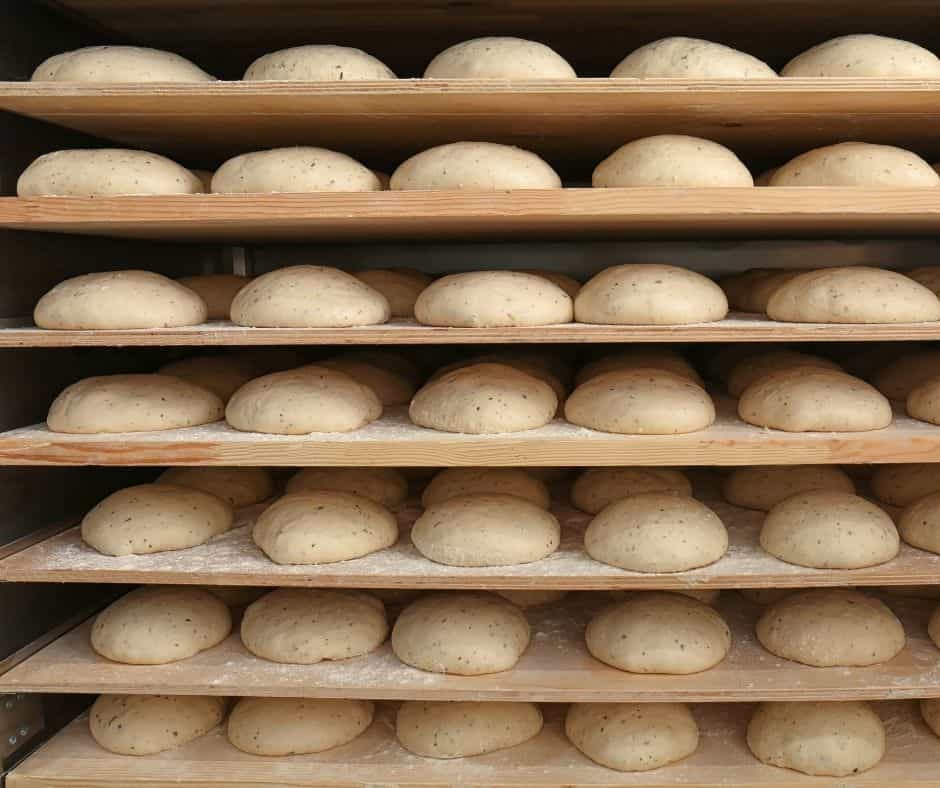
For home bakers, who are making bread and cakes by hand, you probably won’t need it as a raising agent; however, using ascorbic acid for baking has other significant advantages that I will cover below.
I recently learned that in some instances, using ascorbic acid in my baking recipe can be quite essential and would determine the success or failure of the recipe.
How To Preserve Color And Prevent Browning of Baked Goods?
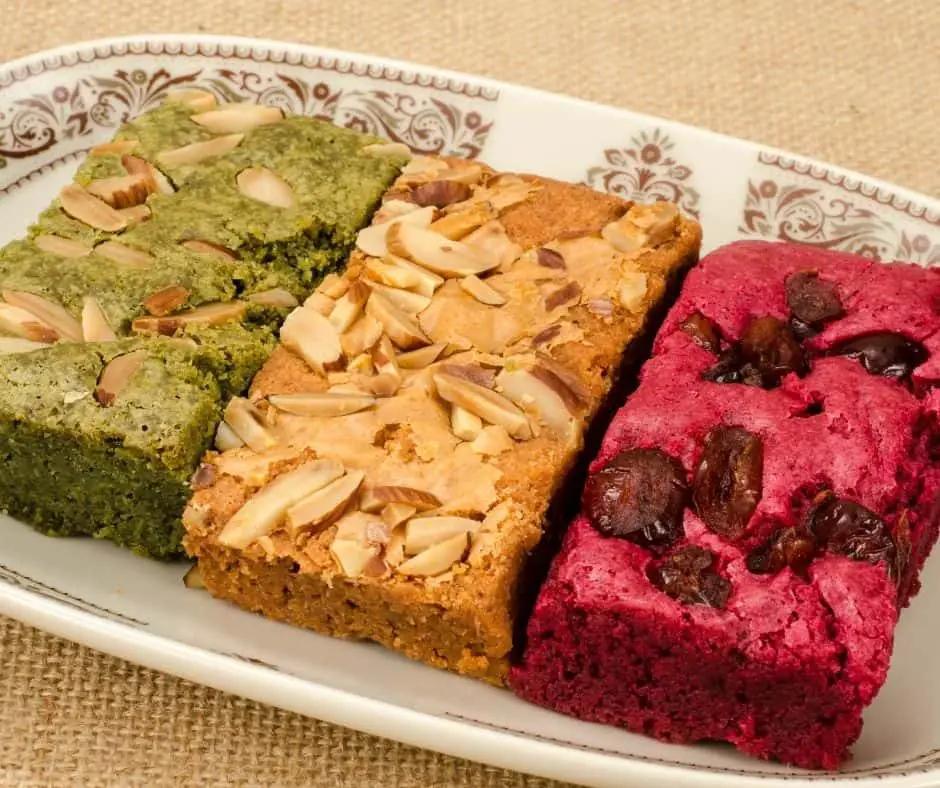
I remember using synthetic food colors to make a rainbow cake, and the color shades did not change at all throughout the baking process.
In contrast, natural plant-based colors present all manner of problems for baking recipes – pH, solubility, light and air, and temperature can all affect the color and how it acts.
Like many other bakers, I am also trying to move away from artificial food colorants and other petroleum-based chemicals disguised as brightly colored food dyes and work with natural plant-based alternatives instead.
So, I was recently experimenting and trying out different natural plant-based food colorings for cake mixes, and while the flavors and texture of the cakes turned out really good, the end result was often quite disappointing and visually dull.
The final color of my cakes ended up with a typical yellow-brownish appearance, not reflecting the unique color of the ingredients I had included in the recipe.
To illustrate what I mean, check out my (failed) attempt to make a pink loaf cake using beetroot juice in the video below.
Whether you are using spinach for green, turmeric for yellow, and beetroot or red cabbage for red and fuchsia, using ascorbic acid can help preserve the intensity of colors when baking with these natural food colorings.
Also, when trying to make artisan bread such as tomato and basil bread, beet sourdough, or pink sponge cake; adding a bit of vitamin C to your recipe can help prevent color degradation and browning and stabilize and preserve the vibrant colors of the ingredients.
Heat, Oxygen, pH Levels And Stability Of Natural Food Colors
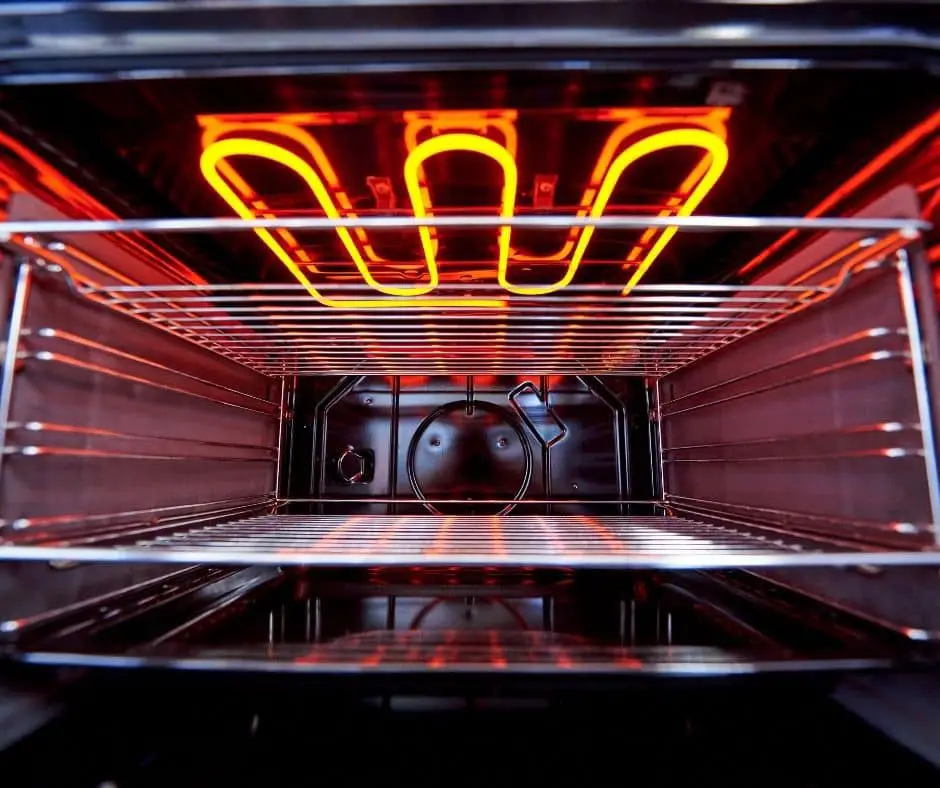
Unfortunately, most natural food colors don’t have good heat and oxygen resistance, and many chemical and physical factors can have a negative impact on the stability of natural food colorings in the recipe.
Some natural plant-based food dyes like beetroot juice will break down when cooked at high temperatures for more extended periods of time.
Typically, the acidity of baked goods is between pH 5 to 7, and baking can cause the pH level to rise even higher. [1]
The intense red pigment in beetroot called betanin is relatively stable in an acidic environment but deteriorates quickly in alkaline conditions.
- At a pH level of 4, the color you could expect is bluish-red.
- When the pH increases above 5, the pigment becomes more blue-violet.
- When the pH becomes more alkaline and rises above 7.5, the red family of hues degenerates rapidly, resulting in a yellow-brown color. [2], [3]
Also, when using juice to color your food, betanin in liquid form breaks down a lot faster in the presence of oxygen. To overcome this, you can include antioxidants like ascorbic acid that protect food from oxidation or use concentrated beetroot powder like the one below.
Adding oil in baking recipes can also cause Carotenoids like Lycopene and Beta Carotene to change from red to yellowish-orange and red, purple, and blue change to purple.
In addition, beetroot contains natural sugar, and high heat can cause the Maillard reaction, also known as browning.
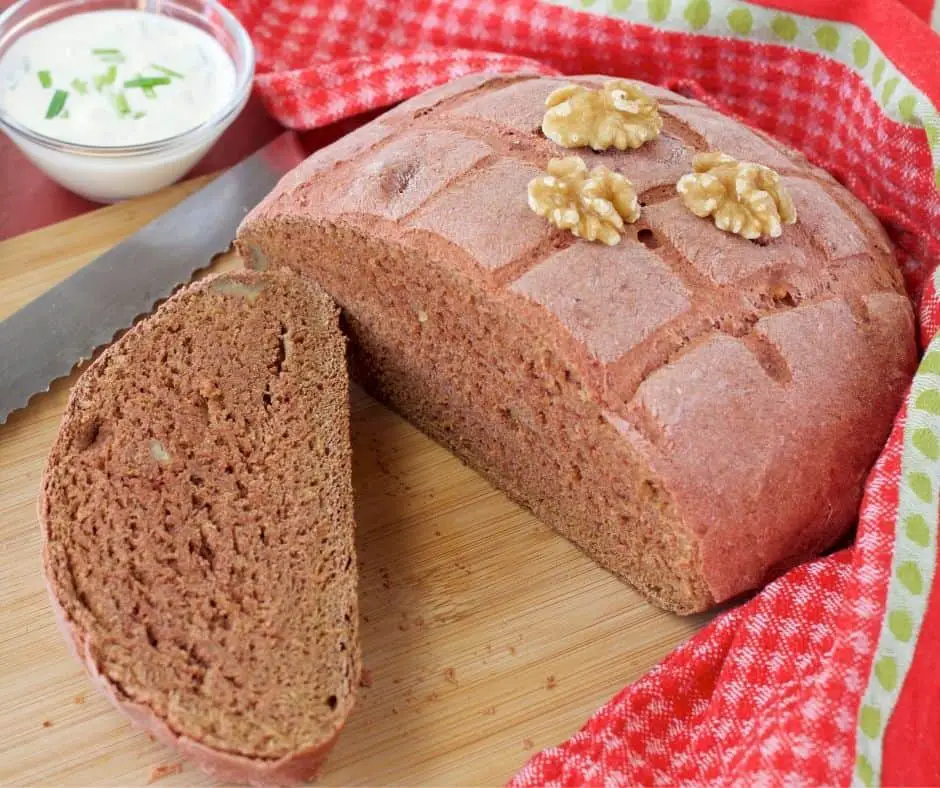
Luckily, a bit of ascorbic acid added to the recipe before baking can bring the pH level down and ensure the stability of vegetable or fruit juice colors.
Antioxidants like vitamin C can improve and preserve the shelf life of these food colorings and help maintain the desired shade in your baked goods even when cooked at high temperatures.
Adding ascorbic acid to the recipe won’t change product flavor. However, there are some foods that I have used for coloring my cakes, like carrots, pumpkin, matcha green tea, and turmeric, which maintained their vibrant colors well, even without adding ascorbic acid.
How To Use Vitamin C In Baking Recipes To Preserve Color?
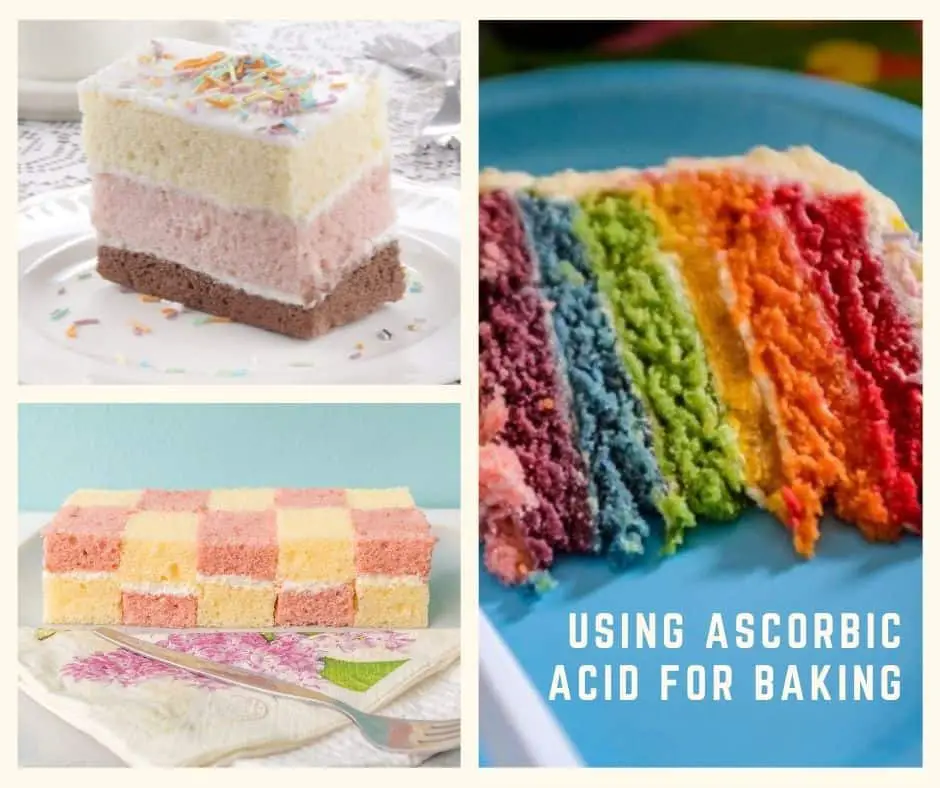
So, how much ascorbic acid do you need to use?
The good news is that very little is required to see a color-preserving benefit. Some flours may already contain ascorbic acid, so make sure that you check the ingredient label of your flour before purchasing.
Experts recommend that adding just 0.03% of ascorbic acid is enough to have an optimal result.
For the average baker, this amount may be difficult to measure, though. If you’re unsure how much Vitamin C to add to your recipe, you can weigh your flour and calculate how much ascorbic acid to add. For the average baker, though, adding just a pinch of the powder (about 1/8 teaspoon or no more than 1 gram) to your average bread or cake recipe will be quite sufficient.
However, if you want to be exact, you could also purchase wheat gluten or bread flour already containing ascorbic acid.
If making bread that has a sweeter taste, you can also add a small amount of lemon juice or orange juice.
These juices naturally contain ascorbic acid and provide many of the same benefits but are not as effective for baking as actual vitamin C powder.
Practicing over time will help you determine how much ascorbic acid is best to use in your own baking recipes.
Where To Buy Ascorbic Acid For Baking?
Ascorbic acid for cooking and baking is usually located in the baking aisle of the supermarket. You can also buy it in some health food shops or online, or you could crush a vitamin C tablet into a powder and then use a small pinch of that.
I use the Nutricost Pure Ascorbic Acid Powder (above). It has excellent quality and is reasonably cheap; however, it has 454 servings per container, so if you are not baking much, you probably don’t need that much.
It is also good for general use as a dietary supplement for getting your daily intake of vitamin C. Just add it to some water, mix it up, and drink.
Read Also: Best Materials For Bakeware And Oven Safe Temperatures
Difference Between Ascorbic Acid and Vitamin C?
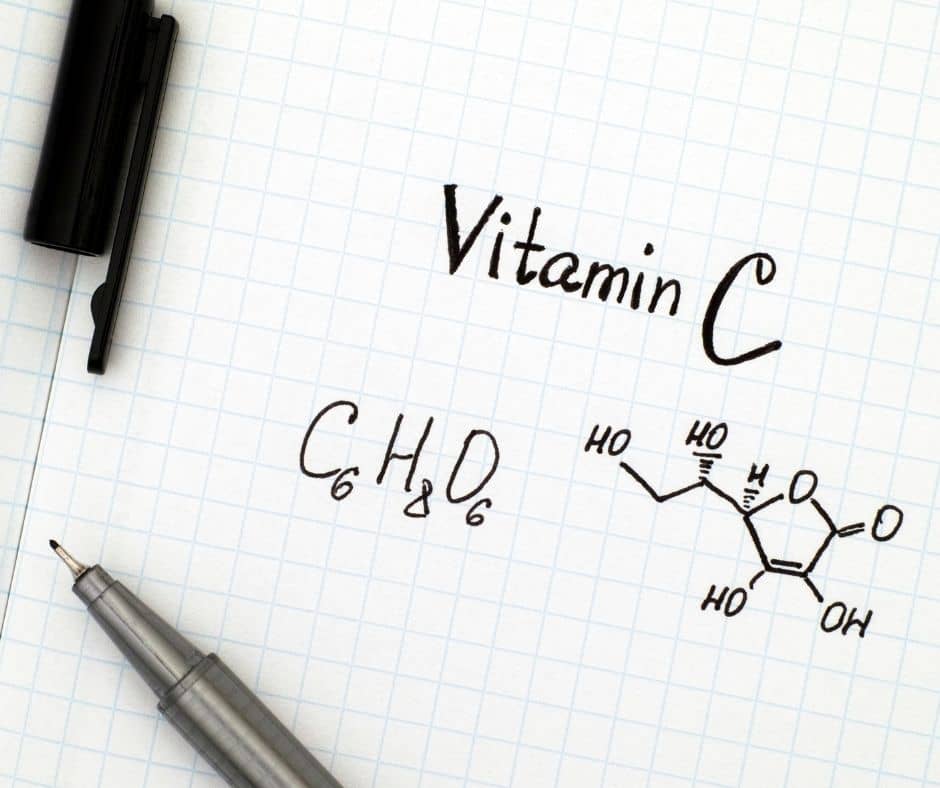
Many people ask about the difference between ascorbic acid and Vitamin C, but both names describe the same compound. Ascorbic acid is simply the chemical name for Vitamin C. [4]
Depending on where you purchase this compound, you may find it sold under either name. For example, if you’re shopping in the supplement part of a drugstore, then you’ll probably find Vitamin C tablets.
However, in the cooking section or canning section, you’ll probably find pure ascorbic acid crystals. (You can also find it on Amazon here).
Both are the same compound. However, since ascorbic acid powder may be more challenging to find, some chefs will purchase vitamin C tablets that they crush and use in the same place. This is an acceptable substitute. However, since Vitamin C tablets may contain filler ingredients, you may notice a slight difference when dissolving the tablets in water.
Read Also: Are You Using The Right Yeast? – Make A Loaf You Can Be Proud Of!
Enjoy Baking Fresh, Bright Loaves
In general, ascorbic acid is used by commercial and even private bakers to make bread that is vibrant and has a strong gluten structure.
This compound will help maintain both natural color and form over time; it’s a helpful additive when baking. So, why not use an enhancer for baking beautiful cakes and tender and light bread?
